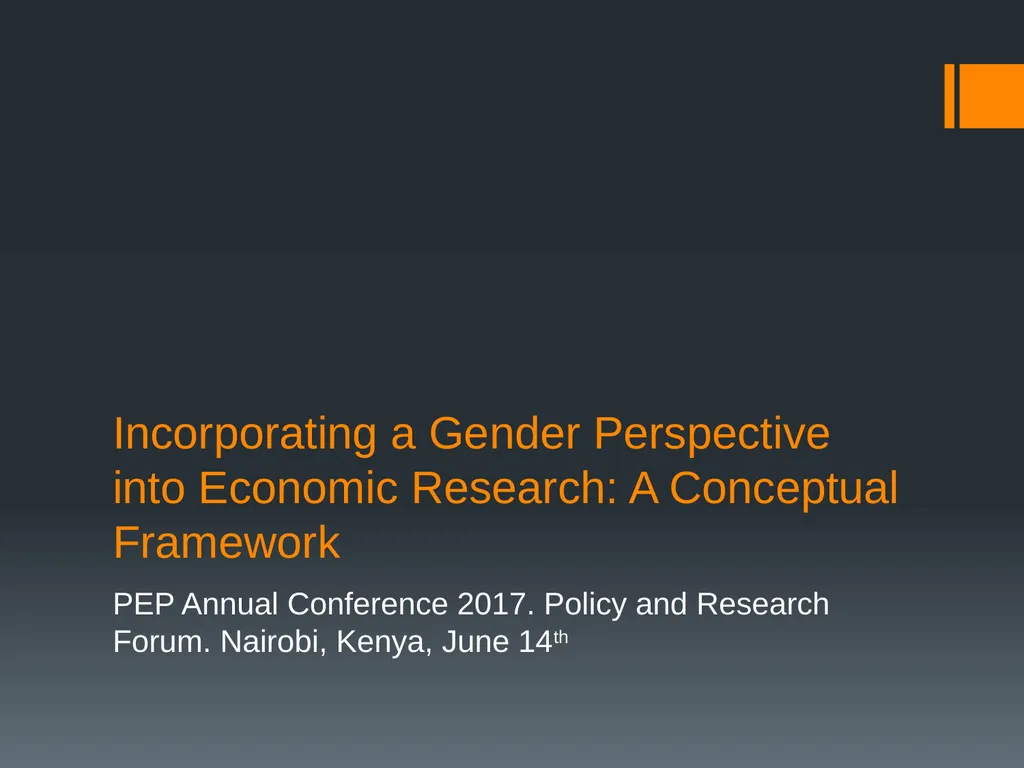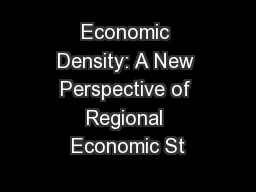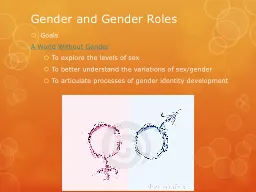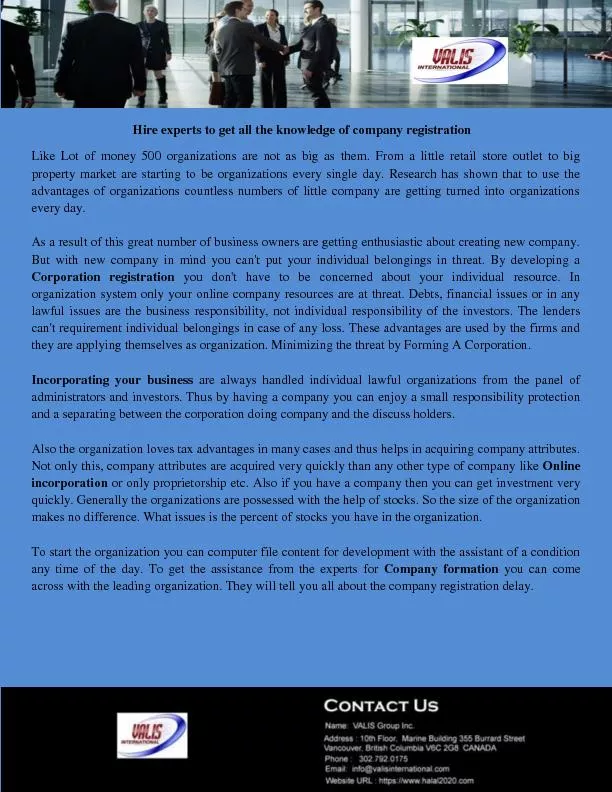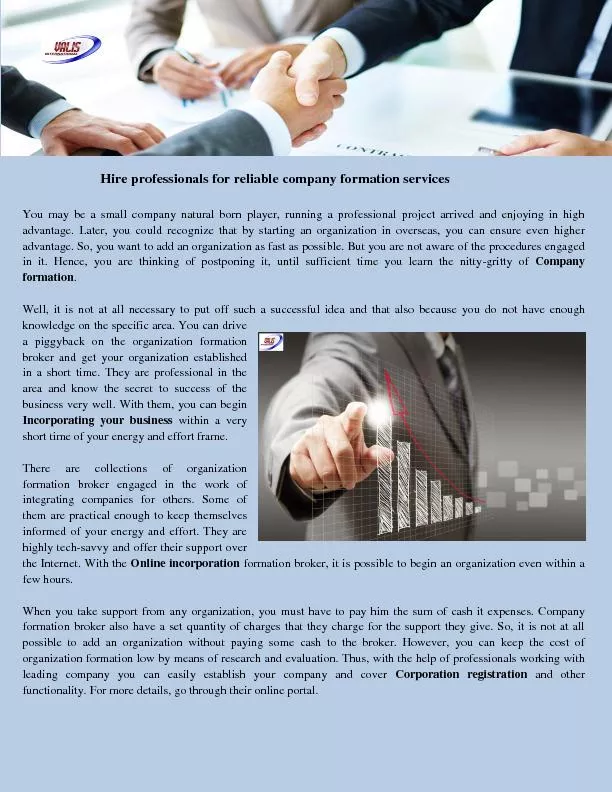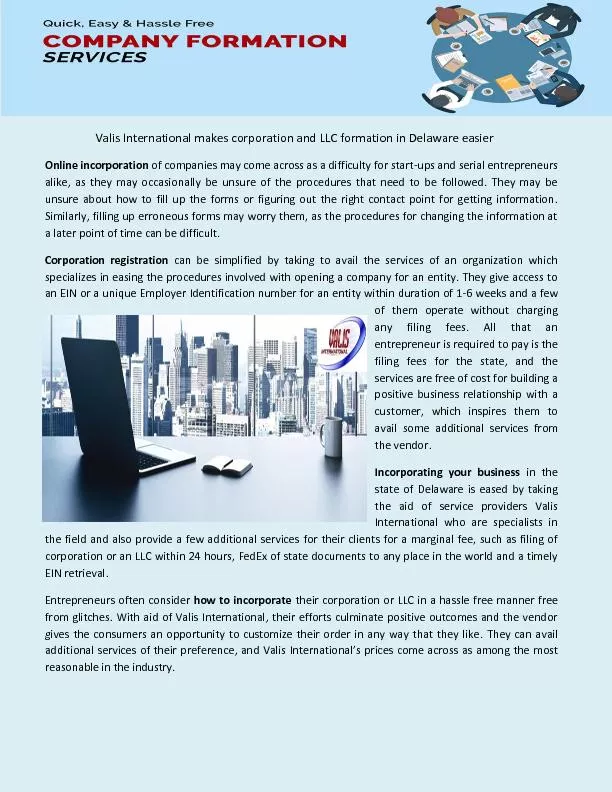Incorporating a Gender Perspective into Economic
Author : olivia-moreira | Published Date : 2025-06-27
Description: Incorporating a Gender Perspective into Economic Research A Conceptual Framework PEP Annual Conference 2017 Policy and Research Forum Nairobi Kenya June 14th Overview What is a gender perspective Structural sources of gender
Presentation Embed Code
Download Presentation
Download
Presentation The PPT/PDF document
"Incorporating a Gender Perspective into Economic" is the property of its rightful owner.
Permission is granted to download and print the materials on this website for personal, non-commercial use only,
and to display it on your personal computer provided you do not modify the materials and that you retain all
copyright notices contained in the materials. By downloading content from our website, you accept the terms of
this agreement.
Transcript:Incorporating a Gender Perspective into Economic:
Incorporating a Gender Perspective into Economic Research: A Conceptual Framework PEP Annual Conference 2017. Policy and Research Forum. Nairobi, Kenya, June 14th Overview What is a gender perspective? Structural sources of gender inequality The gender division of labor and segregated labor markets Unequal access to assets, finance, and technology Norms, identity, and discrimination Intra-household dynamics Violence and insecurity Incorporating gender into economic research What is a gender perspective? Women and men occupy different positions in the economy and are subject to different constraints. Policies and programs have different effects on women and men. But a gender perspective goes beyond simply comparing outcomes for women and men. Recognition of gendered processes and dynamics in the economy. Expands the scope of what we mean by the “economy”. Changes the way we measure the economy. e.g. Non-market, unpaid household work. Why care about gender equality? Intrinsic and instrumental approaches to gender equality Intrinsic – important for social justice and well-being. Instrumental – important for achieving other objectives Structural sources of gender inequality Why structural? Look beyond individual choices to examine how women and men are positioned differently in the economy. Choice is still important, but women and men face different constraints. Important for evaluating economic outcomes: e.g what do we mean by inclusive growth? The gender division of labor Unpaid household work Non-market processes, not paid (although can be paid and involve market exchanges: domestic workers) But important contribution to well-being and human development Gender division of labor Women typically spend more time working in non-market, unpaid activities compared to men. Sources of inequality Less income/earning potential. Constrained choices. Heightened risks from “specialization” Lower returns to women’s education/less investment. Economic contribution undervalued. Segregated labor markets Women are often concentrated in lower paying, more precarious forms of employment. Relevant for both wage- and self-employment “Women’s work” and “men’s work” Reinforces the gender division of labor Women earn less in paid employment and therefore specialize in unpaid work The need to combine unpaid and paid labor influences choices with respect to livelihood strategies Unequal access to assets, finance, and technology Financial markets often exclude women or are segregated Segregated financial markets: women only have access to smaller-scale, informal, or marginal sources of credit. Assets are often unequally distributed Land tenure and inheritance laws Reduces women’s earnings potential as operators of small-scale enterprises Women and men may have differential access to technology Norms regarding who operates
